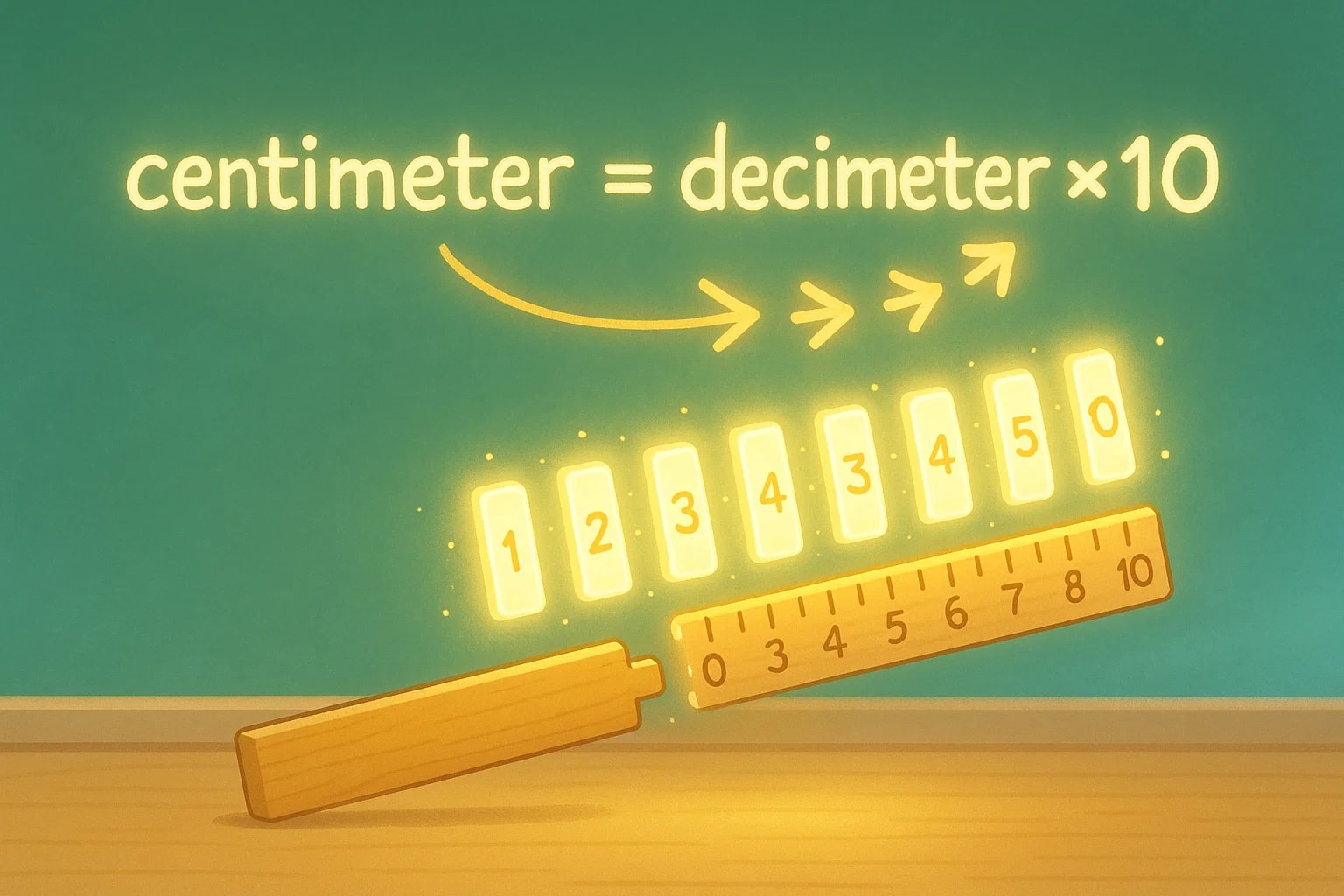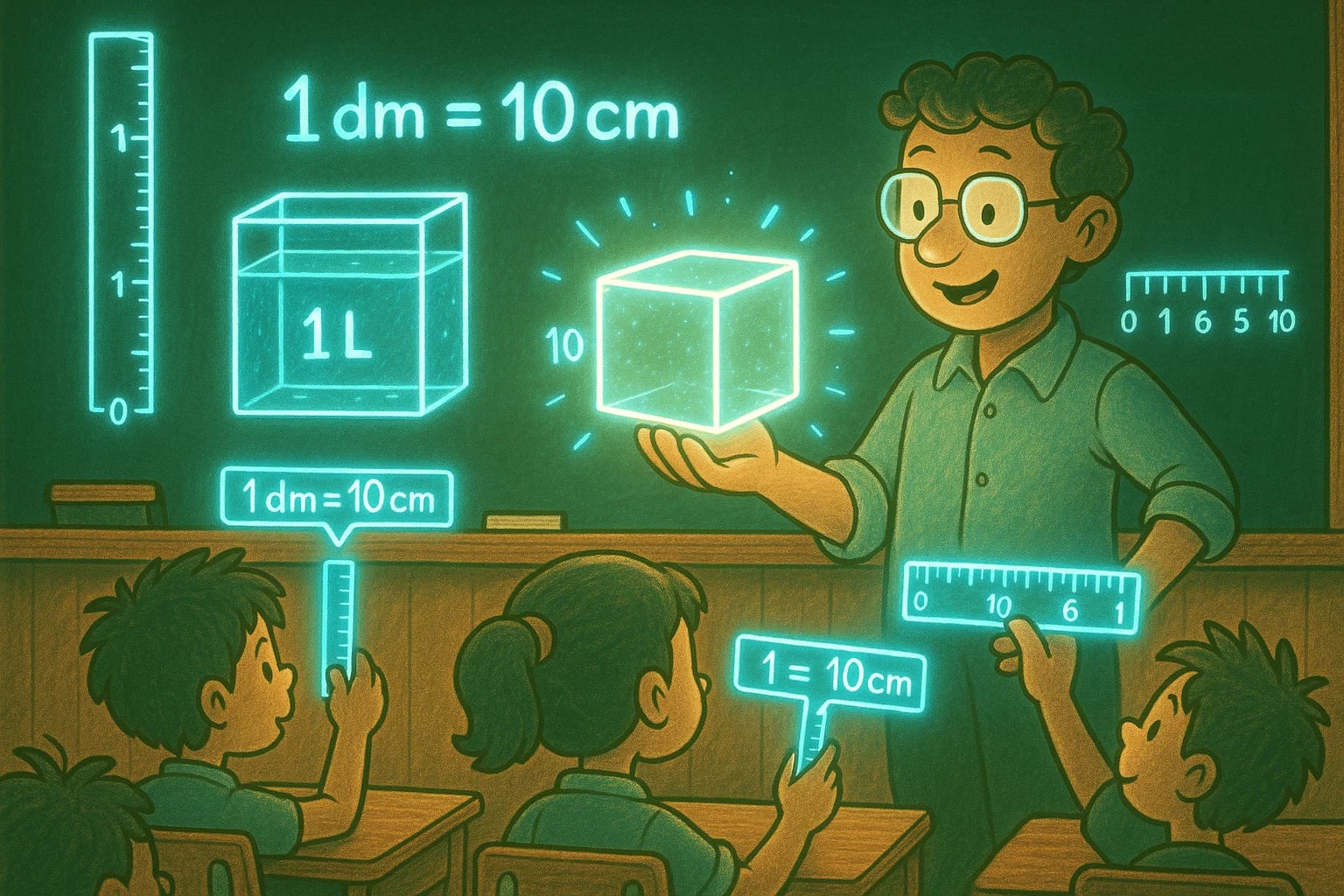decimeter to centimeter – How to convert dm to cm
Converting from decimeter to centimeter is a simple step inside the metric system. Both units are part of the same decimal-based structure, which makes the conversion straightforward. While decimeters are less common in daily use, centimeters are everywhere—from schoolwork to clothing measurements. Learning how to convert dm to cm ensures smooth calculations across education, design, and science.

What is a Decimeter (dm)?
A decimeter is equal to one tenth of a meter:
1 dm = 0.1 m.
It equals 10 centimeters and is often used in academic exercises, geometry, and specific technical contexts.
What is a Centimeter (cm)?
A centimeter is equal to one hundredth of a meter:
1 cm = 0.01 m.
It is widely used in everyday life for personal height, paper sizes, furniture, and countless other practical measurements.
How to Convert dm to cm
The formula is:
centimeter = decimeter × 10
For example, let’s convert 7 dm into centimeters:
centimeter = 7 × 10 = 70 cm
So, 7 dm = 70 cm.
For more related calculations, try the Length Converter or explore the full set of Conversion Tools.
Do you know?
-
The decimeter was introduced with the metric system in the 18th century but was never as popular in daily life as centimeters or meters.
-
Centimeters dominate practical usage: in tailoring, height charts, and school rulers.
-
The metric system’s design, with base-10 relationships, makes conversions like dm to cm especially easy compared to non-decimal systems.
-
In some scientific experiments, decimeters are used to describe medium-scale lengths, sitting neatly between meters and centimeters.
A Teaching Tool in Classrooms
In many schools, the decimeter still appears in math problems to help students practice metric conversions. Teachers use it as a “bridge” unit—larger than centimeters, smaller than meters. Visual aids such as cubes or measuring sticks marked in decimeters and centimeters make it easier for students to grasp the idea of scaling by factors of ten.
This educational approach shows how even less common units like the decimeter have value in helping learners understand the flexibility and logic of the metric system.

Scaling Simplicity
The conversion from decimeter to centimeter may not appear often in daily life, but it demonstrates the strength of the metric system. With just one simple multiplication, you can move smoothly between scales and describe lengths in the most convenient unit.
By mastering this conversion, you gain confidence not only in academic problems but also in handling real-world measurements.

